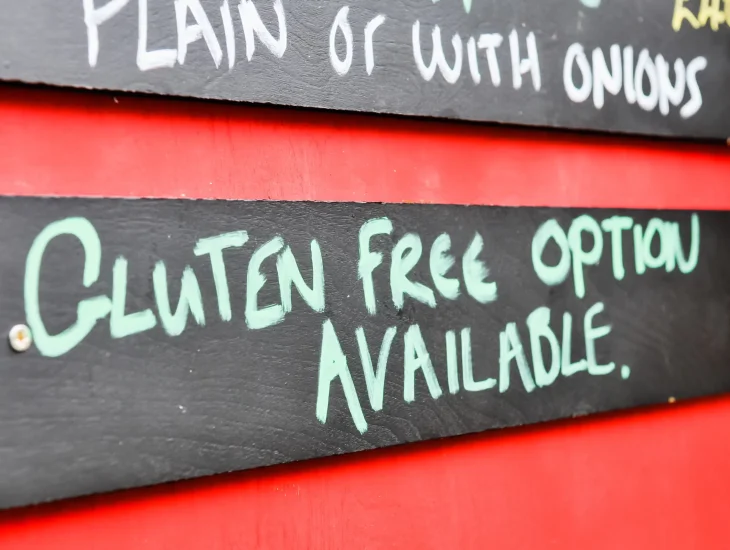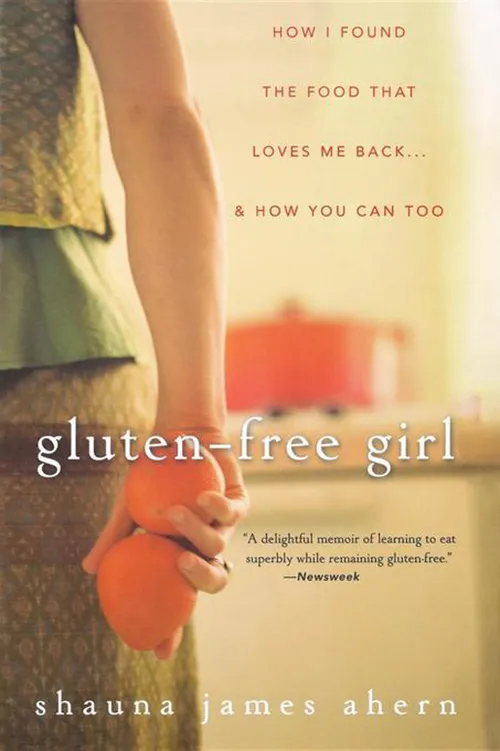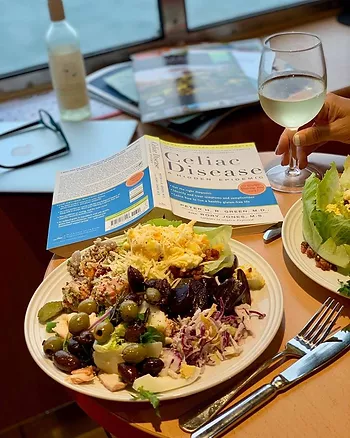The Growing Need for Gluten-Free Options in Restaurants
In recent years, there has been a growing awareness of gluten intolerance and celiac disease, leading to an increased demand for gluten-free options in restaurants. Many restaurants now proudly offer gluten-free dishes on their menus to cater to this dietary requirement. However, there is a concern that gluten-free restaurant dishes can be frequently mislabeled, posing potential risks to diners with gluten sensitivities or celiac disease.
Gluten is a protein found in wheat, barley, and rye. For individuals with celiac disease, consuming even trace amounts of gluten can trigger an immune response that damages the small intestine. This can cause a wide range of symptoms, including abdominal pain, bloating, diarrhea, fatigue, and more. Therefore, it is crucial for those with celiac disease or gluten sensitivity to strictly follow a gluten-free diet.
Mislabeling of Gluten-Free Dishes: A Potential Risk for Diners
With the increasing demand for gluten-free options, some restaurants may claim to offer gluten-free dishes without fully understanding the implications or taking the necessary precautions. This can lead to mislabeling of gluten-free dishes, which can have serious consequences for diners who are gluten intolerant or have celiac disease.
Cross-Contamination: A Common Issue in Gluten-Free Restaurant Dishes
One common issue is cross-contamination, where gluten-free dishes come into contact with gluten-containing ingredients during preparation or cooking. For example, a restaurant may use the same cutting board, utensils, or deep fryer for both gluten-free and gluten-containing foods, leading to cross-contamination and the presence of gluten in the supposedly gluten-free dish. Another example is using gluten-containing ingredients, such as soy sauce or wheat-based thickeners, in dishes that are labeled as gluten-free.
Lack of Proper Training among Restaurant Staff: Another Cause of Mislabeling
Mislabeling of gluten-free dishes can also occur due to lack of proper training among restaurant staff. In some cases, restaurant employees may not fully understand the concept of gluten intolerance or celiac disease and may mistakenly believe that removing obvious sources of gluten, such as bread or pasta, is enough to make a dish gluten-free. However, hidden sources of gluten can be found in unexpected places, such as sauces, seasonings, or condiments, which may contain gluten-containing ingredients or have been cross-contaminated.
Consequences of Mislabeling: Severe for Gluten-Intolerant Diners
The consequences of mislabeling of gluten-free dishes can be severe for those with gluten sensitivity or celiac disease. Consuming even small amounts of gluten can trigger a reaction, causing discomfort, pain, and potentially long-term damage to the small intestine for individuals with celiac disease. It can also disrupt their quality of life, as they need to carefully manage their diet to avoid gluten exposure. Moreover, diners with gluten sensitivity may also experience symptoms, although they may not have the same level of intestinal damage as those with celiac disease.
Mitigating the Risks: Proper Precautions for Gluten-Free Claims in Restaurants
To mitigate the risks of mislabeling of gluten-free dishes, it is essential for restaurants to take proper precautions and ensure that their gluten-free claims are accurate. This includes:
- Proper training of restaurant staff: All restaurant employees, including chefs, cooks, and servers, should receive comprehensive training on gluten intolerance, celiac disease, and the importance of avoiding cross-contamination. They should be knowledgeable about hidden sources of gluten and understand the steps needed to prevent cross-contamination during food preparation and cooking.
- Separate preparation and cooking areas: Restaurants should designate separate areas, utensils, cutting boards, and fryers for gluten-free food preparation to minimize the risk of cross-contamination. They should also have strict protocols in place to ensure that gluten-free ingredients are stored separately from gluten-containing ingredients.
- Accurate ingredient labeling: Restaurants should diligently review the ingredients of all the products they use in their dishes, including sauces, seasonings, condiments, and thickeners, to ensure that they are gluten-free. If a product contains gluten, it
Scientists detected gluten in 32 percent of foods labelled as gluten-free, according to a study published in The American Journal of Gastroenterology. The percentage was higher for certain items, like pizza and pasta.
Study Shows 32% of Foods Labeled as Gluten-Free Contain Gluten
The study included 804 people who used a portable gluten sensor, Nima, to test their restaurant meals. More than 5,600 samples were taken over an 18-month period across the United States. The team found that meals served during dinner had more gluten, 34 percent, than at breakfast (32 percent). Roughly 52 percent of pizza and 50 percent of pasta dishes labeled as gluten-free tested positive for the substance.
Celiac Patients are Unwittingly Consuming Gluten
This isn’t the only indication that gluten-free items might be mislabeled. A paper published in the The American Journal of Clinical Nutrition last year found that many celiac patients are unwittingly eating about 244 mg of gluten each day, which is enough to make them sick.
It’s important to note that the device used in this particular study detects gluten at levels that are larger than 20 parts per million, which is higher than the Food and Drug Administration’s definition of gluten free set at less than 20 parts per million.
Reminder to be Diligent When Dining Out: Tips for Ordering Gluten-Free.
These findings should not turn you off eating out altogether, but perhaps just be a reminder to ask the right questions and remember to be diligent when dining out. For a few extra tips when dining out, check out these 3
Take the next step in improving your diet with our comprehensive collection of diet help articles. From meal planning to gluten-free cooking tips, we’ve got everything you need to succeed.
- Gluten Impact On Body – 3 Natural Ways To Heal A Gluten Ravaged Body
- How Does Gluten In Beer Affect Consumers? Understanding The Between Gluten-Free And Gluten-Reduced Beer For A Safer, More Enjoyable Drinking Experience.
- 6 Creative Ways To Revamp A Gluten-Less Diet
- Empower Your Gluten-Free Lifestyle With The Latest EWG Shopper’s Guide 2023: Your Ultimate Tool For Identifying Pesticide-Free Produce
- Understanding GF Oats Labeling: Top 3 Key Differences With Regular Oats Explained
Remember to always stay curious and continue learning. Thank you for taking the time to read my post. Until next time…Jodes






